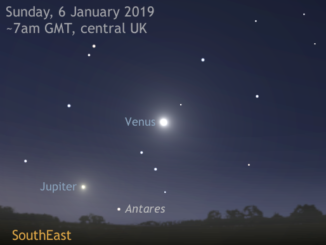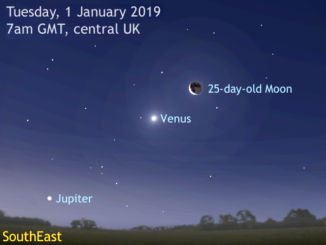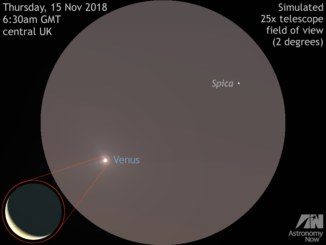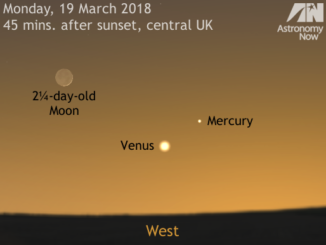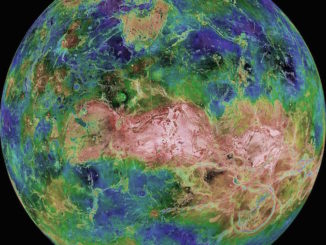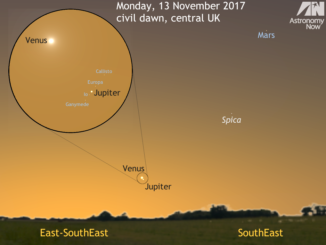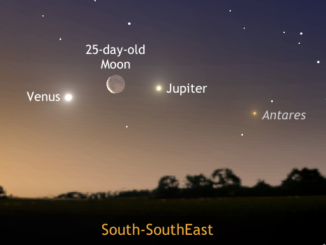
See a dawn triple conjunction and a lunar occultation on 31 January
Skywatchers in the UK and Western Europe should look low to the south-southeast an hour before sunrise on 31 January to see a beautiful naked-eye conjunction of Venus, the old crescent Moon and Jupiter, all within a span of 8½ degrees. But if you have a telescope and live in just the right place, you can also see the Moon hide a double star.


